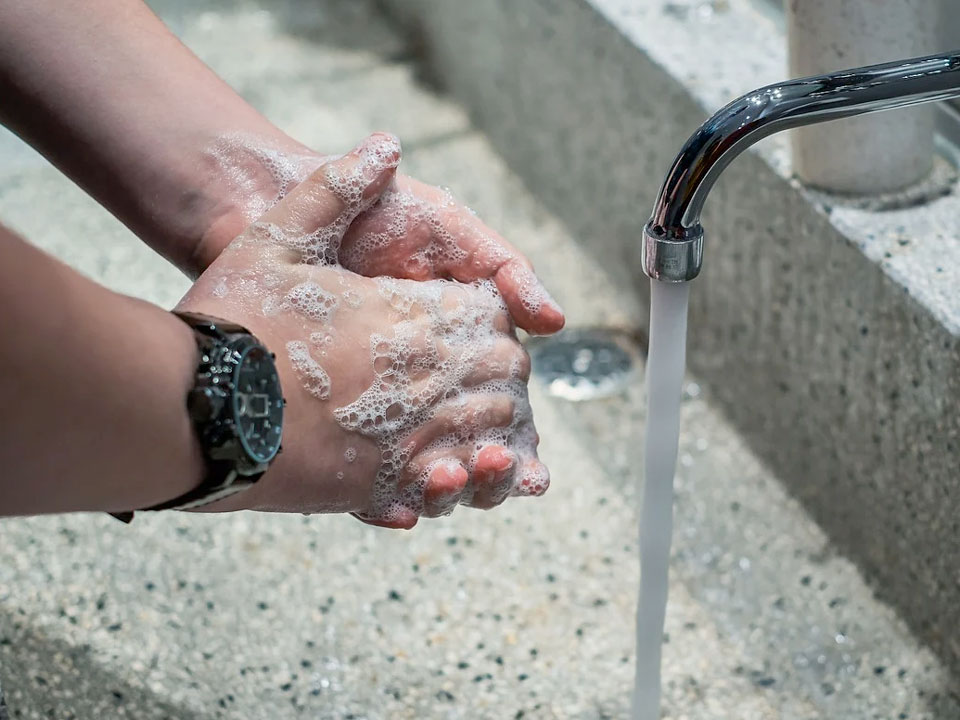Water and Hygiene Risk Assessments
First of all we must remember that in the majority of buildings, we take some basic precautions to help control the growth of waterborne pathogens, including legionella.
We ensure:
- water systems are designed to meet the needs of the building users
- systems are constructed using only approved materials
- hot water is kept hot
- cold water is kept cold
- assets are used regularly
- everything is kept clean
- plant and equipment are well maintained.
Let’s consider how hybrid/blended working will affect these precautions, we can see that the very first area we need to reconsider is the fundamental design of on-site water systems. Where a water system has been designed to supply toilets and washing facilities to 500 people in an office block and we now only have 150 using the system each day, a problem is likely to develop.
Where cold water storage tanks have been installed, these should hold a maximum of 24 hours use of water based on normal use, but now many of the outlets will not be used by as many people and less water will be used.

FLUSHED AWAY
Following on from that, and very closely linked to it, we would review the usage of the outlets in the building. Where the outlets are not being used regularly we should consider permanently removing these, along with all associated pipework, to eliminate any risks. Where it is identified that these outlets will be intermittently used maybe a suitable flushing regime should be instigated.
The frequency and method for carrying out this task needs to be considered alongside the water hygiene risk assessment and the type of people likely to use the water system in the future.
What documents do you have considered or reviewed the usage of the outlets fitted to each water system?
Maybe you have a plan in place to review this once all colleagues have settled into their new working patterns. In this case you will still need to consider the risks posed while carrying out this investigatory work.
If we next think about water temperature, under-occupied and under-utilised buildings will see more occasions where water temperatures will be outside the recommended ranges for controlling the growth of waterborne bacteria, including Legionella.
In cold water systems you may see additional heat gain and cold water temperatures consistently above 20°C. If this is the case, then the mitigation you have put in place in the first two areas above has not been effective and a further review will be required.
HOT WATER
For hot water systems, especially those that do NOT have circulating systems, a reduction in usage will lead to greater time periods where the water is allowed to cool down between usages. Over time this will lead to water sample results returning adverse effects and possibly people becoming unwell.
What is your process for reviewing specification results identified during routine monitoring and maintenance?
The steps above are some brief suggestions on the way you can provide safe water quality to those employees in the workplace. If you are confident that your organisation can satisfy the requests of any auditors and prove that changes have at least been considered then you are in a good place. If, however, you have identified that there is work to do, now is the time to start this process.
If you need any further information please contact us today on 07770 302504 or email joanne@chestnutassociates.co.uk


